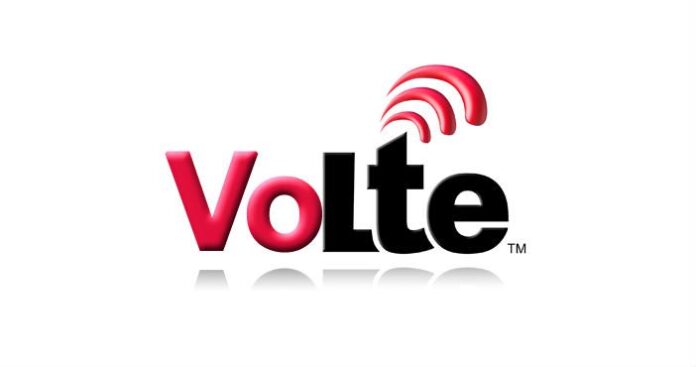Network engineering and testing company P3 Communications is in the midst of drive-testing Voice over LTE implementations by AT&T, Verizon and T-Mobile US in the Washington, D.C. area, as part of its first effort for public benchmarking of VoLTE on mobile networks in the U.S.
P3 Communications CEO Dirk Bernhardt spoke with RCR about the company’s expertise, approach and the network technology trends that it sees playing out in current networks. P3 has been making public the results of its testing in Europe for some time, and the company has been operating in the U.S. since 2009. The results of the testing going on now in D.C. are expected to be reported in June and will look at the network performance of VoLTE implementations as well as Sprint’s high-definition voice, along with data performance and 3G voice for all of the national operators.
P3 Communications is the North American subsidiary of P3 Group, which started in Germany in 2001 and has over 300 engineers in North America as part of its global workforce of more than 600 people. It does both device and network testing.
“In the U.S. right now, let me tell you, it’s really a pleasure to be an engineer because all this technology that is coming our way is heaven for engineers,” Bernhardt said. “And the problems are high, and the challenges are big and that’s what we thrive on as engineers. So it’s pretty cool to be an engineer right now in the U.S.”
Bernhardt went on to add that P3 is seeing interest in a number of network technologies including LTE broadcast, carrier aggregation and other LTE-Advanced features, as well as discussions of 5G.
“It sounds like when … you were a kid you gave a list of what you want for Christmas to your parents – that’s about what I see for 5G right now. The carriers and operators around the world are saying ‘we want this in our network, we want to enable this’,” Bernhardt said. He added that there is still a long way to go with 5G, but that the discussions need to begin now.
The five years between now and the expected arrival of 5G around 2020, Bernhardt said, “is a lot of time in the wireless world, but not very much time when you talk about R&D, definition and technology and implementation.”
Watch the full interview with Bernhardt below:
Follow me on Twitter for more network and testing related news: @khillrcr

